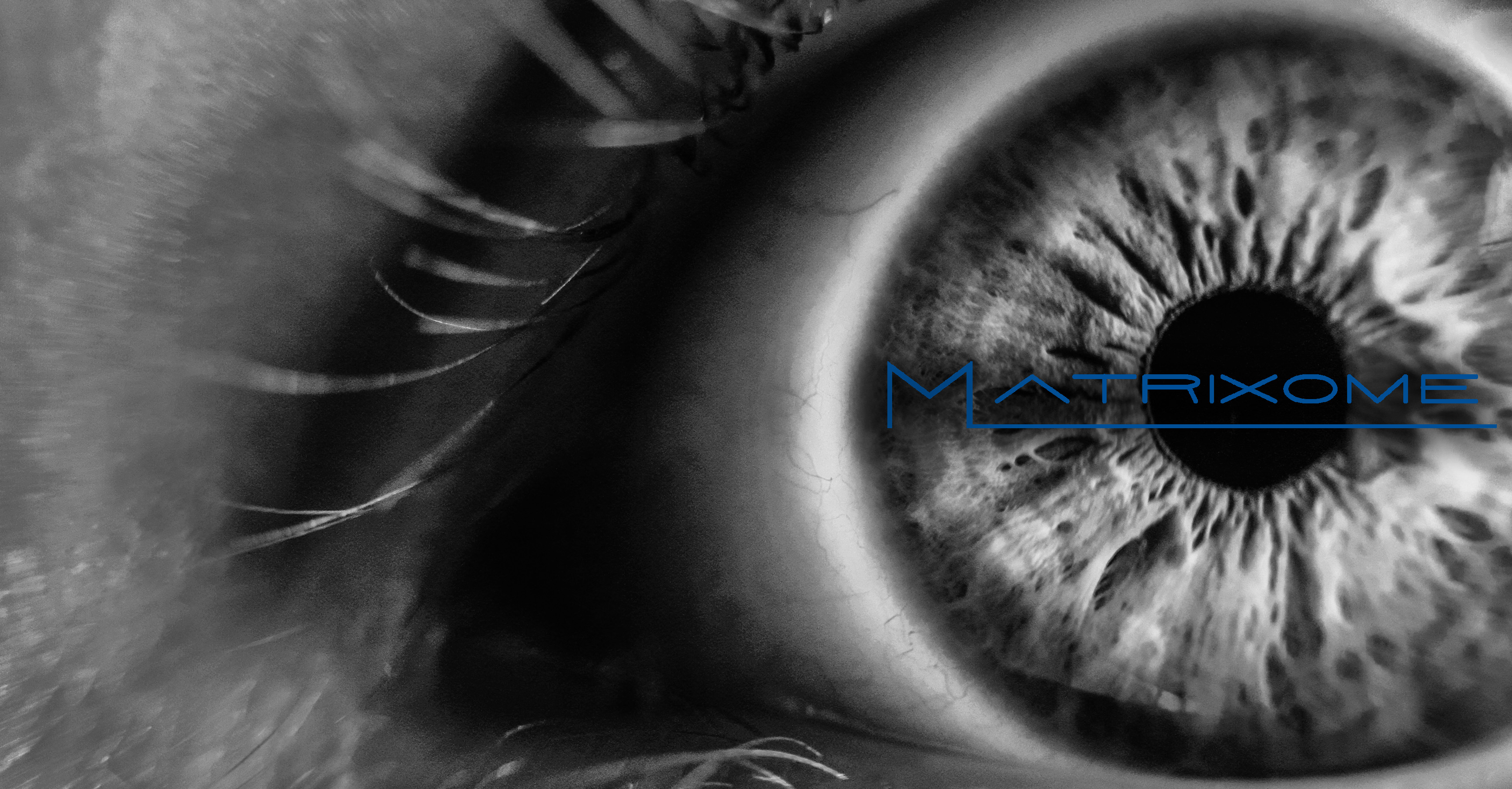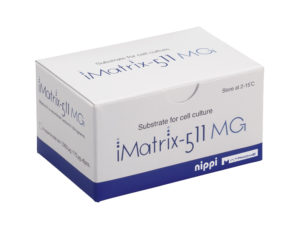“Matrixome” Contributes to the Realization of Regenerative Medicine
 World’s First Successful iPSC Corneal Transplant at Osaka University
Matrixome’s iMatrix-511MG* contributes to “transplant of corneal epithelial cell sheet prepared from iPS cells to a patient”
Osaka University has announced “the the first case of the world’s first transplant of a corneal epithelial cell sheet prepared from iPS cells”. (link to announcement)
World’s First Successful iPSC Corneal Transplant at Osaka University
Matrixome’s iMatrix-511MG* contributes to “transplant of corneal epithelial cell sheet prepared from iPS cells to a patient”
Osaka University has announced “the the first case of the world’s first transplant of a corneal epithelial cell sheet prepared from iPS cells”. (link to announcement)
|
September 2, 2019 A Japanese woman in her forties has become the first person in the world to have her cornea repaired using reprogrammed stem cells. At a press conference on 29 August, ophthalmologist Kohji Nishida from Osaka University, Japan, said the woman has a disease in which the stem cells that repair the cornea, a transparent layer that covers and protects the eye, are lost. The condition makes vision blurry and can lead to blindness. To treat the woman, Nishida says his team created sheets of corneal cells from induced pluripotent stem (iPS) cells. These are made by reprogramming adult skin cells from a donor into an embryonic-like state from which they can transform into other cell types, such as corneal cells. Nishida said that the woman’s cornea remained clear and her vision had improved since the transplant a month ago. Currently people with damaged or diseased corneas are generally treated using tissue from donors who have died, but there is a long waiting list for such tissue in Japan…
|

Related Reference Papers for iMatrix-511 Co-ordinated ocular development from human iPS cells and recovery of corneal function Ryuhei Hayashi et al. Nature. 2016 Mar 17; 531(7594):376-80. PMID: 26958835
For more information please visit our product info page, references page, FAQ or contact us directly with your questions and requests.


